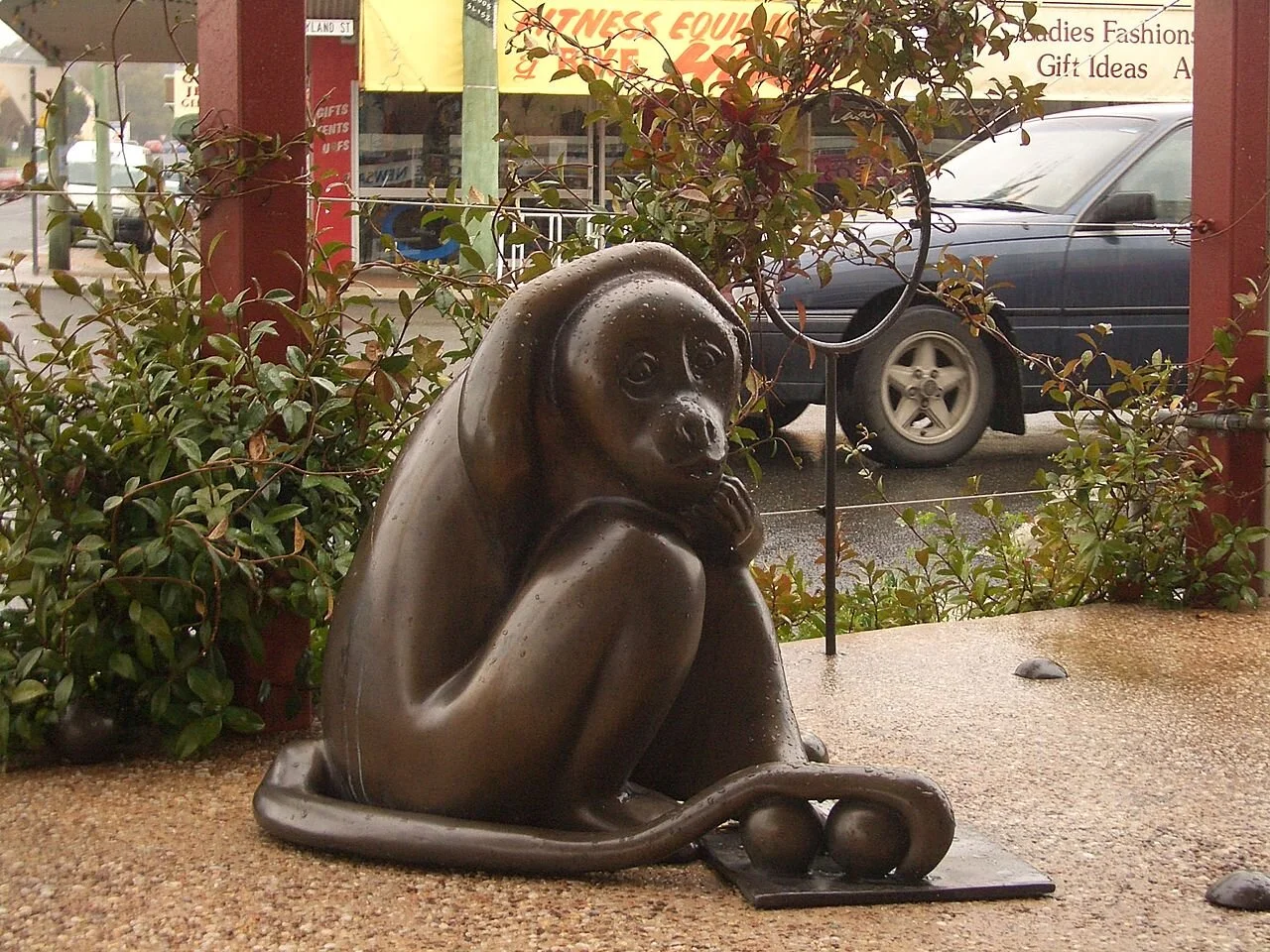9 July 2020
Chow is slang for food, especially that served in an institutional setting, such as the military. Chow is palatable and nourishing, but no one would mistake it for that served in a Michelin star restaurant. The word comes from one of the languages of Asia but pinning it down more precisely has been maddeningly frustrating. It is undoubtedly related to the Cantonese zaap6, meaning mixed, but whether this is the origin of the root or simply one it its instantiations is not known.
Part of the problem is that the eighteenth-century sources in which the element chow first appear are imprecise in specifying what language or dialect they are discussing (e.g. several early accounts refer to natives of Palau in the western Pacific as “Chinese”). Henry Harris’s self-published 1790 Dictionary of Hindostany, a distinctly amateurish lexicographic effort by today’s standards, records multiple words that use the root chow, which seems to mean all or every, but is unclear whether these are Hindi or another of the languages spoken in India. He clearly references multiple languages in his book, but never specifies which he is referring to in any given instance.
But what we do know is that the word came into English in the reduplicative form chow-chow, transmitted to English sailors from natives of Palau. In September 1783 the British East India Company packet ship Antelope, captained by Henry Wilson, was wrecked off the island of Ulong in Palau. Two accounts of the wreck and the crew’s contact with the islanders were published in 1788. One by George Keate reads:
They had caught only four, two of which were given to the English, and by the ship’s steward divided into messes. The Chinese dressed their portion differently, making a mixture with rice, and other things, which they call Chow Chow.
The second, by an anonymous officer of the Antelope, describes the same incident thusly:
The meat resembled that of the cod, solid and firm: it is in great estimation among the natives; and it may truly be esteemed a delicacy. The China-men cooked their allotment with rice, and other ingredients, giving the name of “Chow-Chow.”
But chow-chow was not restricted to Palau. Aeneas Anderson’s 1795 account of British diplomats in China from 1792–94 includes a glossary, which has this entry:
Chow-Chow – – – Victuals or meat.
And a century later, Yule and Burnell’s 1886 glossary of Anglo-Indian words, Hobson-Jobson includes this rather lengthy entry, which includes the shorter form chow:
CHOW-CHOW, s. A common application of the Pigeon-English term in China is to mixed preserves; but, as the quotation shows, it has many uses; the idea of mixture seems to prevail. It is the name given to a book by Viscountess Falkland, whose husband was Governor of Bombay. There it seems to mean “a medley of trifles.” Chow is in “pigeon” applied to food of any kind. [“From the erroneous impression that dogs form one of the principal items of a Chinaman’s diet, the common variety has been dubbed the ‘chow dog’” (Ball, Things Chinese, p. 179).] We find the word chow-chow in Blumentritt’s Vocabular of Manilla terms: “Chau-chau, a Tagal dish so called.”
1858. “The word chow-chow is suggestive, especially to the Indian reader, of a mixture of things, ‘good, bad, and indifferent,’ of sweet little oranges and bits of bamboo stick, slices of sugar-cane and rinds of unripe fruit, all concocted together and made upon the whole into a very tolerable confection...
“Lady Falkland, by her happy selection of a name, to a certain extent deprecates and disarms criticism. We cannot complain that her work is without plan, unconnected, and sometimes trashy, for these are exactly the conditions implied in the word chow-chow.”—Bombay Quarterly Review, January, p. 100.
1882. “The variety of uses to which the compound word ‘chow-chow’ is put is almost endless....A ‘No. 1 chow-chow’ thing signifies utterly worthless, but when applied to a breakfast or dinner it means ‘unexceptionally good.’ A ‘chow-chow’ cargo is an assorted cargo; a ‘general shop’ is a ‘chow-chow’ shop....one (factory) was called the ‘chow-chow,’ from its being inhabited by divers Parsees, Moormen, or other natives of India.”—The Fankwae, p. 63.
So, in the nineteenth century chow-chow in English came to mean any sort of mixture or medley, especially, but not limited to, food.
The 1886 Hobson-Jobson records the shortened form chow, but that’s not the first appearance of the word in English. It appears in the 27 November 1856 Sacramento, California newspaper Spirit of the Age:
Ah Chow—ah in the Celestial lingo means Mr, Chow something good to eat.
And by the 1890s, chow is appearing quite frequently on both sides of the Atlantic.
Sources:
American Heritage Dictionary, fifth edition, 2020, s.v. chow2, n.
Anderson, Aeneas. A Narrative of the British Embassy to China in the Years 1792, 1793, and 1794. Philadelphia: T. Dobson, 1795, 392.
Green’s Dictionary of Slang, 2020, s.v. chow, n.1.
Harris, Henry. A Dictionary of English and Hindostany, vol. 2 (vol. 1 never published). Madras: 1790.
Keate, George. An Account of the Pelew Islands. Dublin: Luke White, 1788, 123. Eighteenth Century Collections Online (ECCO).
Moody, Andrew J. “Transmission Languages and Source Languages of Chinese Borrowings in English.” American Speech, 71.4, Winter 1996, 416.
Oxford English Dictionary, second edition, 1989, s.v. chow, n., chow-chow, n. and adj.
The Shipwreck of the Antelope East-India Packet. London: D. Brewman for R. Randall, 1788, 71. Eighteenth Century Collections Online (ECCO).
Yule, Henry and Arthur Coke Burnell. Hobson-Jobson: Being a Glossary of Colloquial Anglo-Indian Words and Phrases, and of Kindred Terms. New Edition Edited by William Crooke. London: John Murray, 1886, 164. HathiTrust Digital Library.




